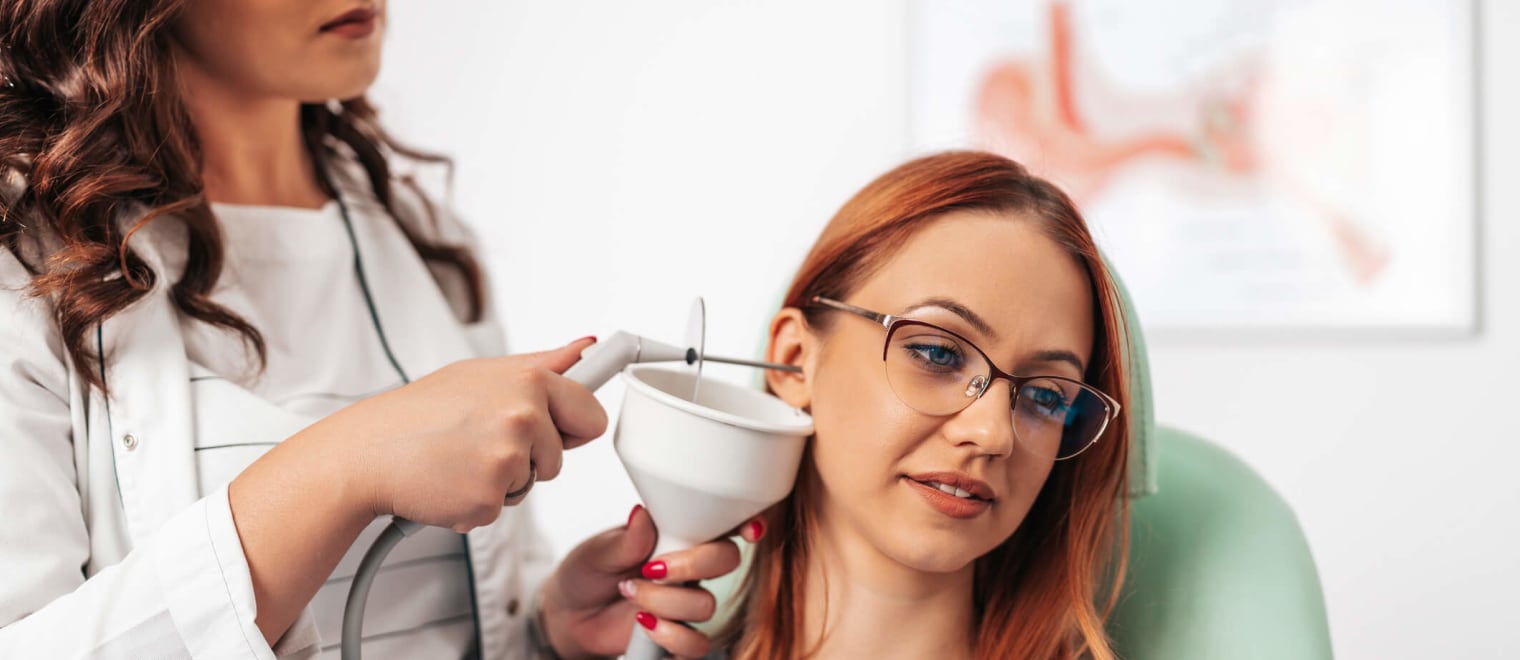This informal CPD article, ‘Rethinking Earwax Removal: The Case for Water Irrigation’, was provided by Meduc8ion, a specialised healthcare training provider whose mission is to help you operate safely and effectively, so you can make a real difference in the lives of your patients.
Earwax, or cerumen, is a natural substance produced to protect the ear from dust, microorganisms, and foreign particles. However, when it accumulates, it can lead to discomfort, hearing loss, and even infection. To manage this, earwax removal has become a routine procedure in ear care. Common methods range from over-the-counter drops and manual removal to techniques like microsuction and water irrigation.
Each method carries its own set of advantages and considerations, with microsuction often being lauded for its precision and water irrigation praised for its thoroughness. Despite this, water irrigation is sometimes overshadowed by concerns about safety and efficacy – a perspective that may not be wholly justified. It’s vital that professionals committed to ongoing learning and performing at the highest standards become well-informed about the effectiveness of water irrigation. Ensuring that they are taught and understand this procedure can help address and rectify its underutilisation in practice.
Microsuction vs Water Irrigation
The landscape of earwax removal consists of various techniques, each developed to suit different types of ear conditions and patient preferences. Manual removal, with its direct and mechanical approach, has its place, especially in managing impacted cerumen that resists other methods. However, the contemporary discourse often centres around microsuction versus water irrigation, each representing its own approach to achieving a clear ear canal.
Microsuction has rapidly become a preferred method for many practitioners and patients alike. It employs a gentle vacuum to extract earwax directly from the ear canal, offering a quick, clean, and efficient procedure. This method is particularly favoured for its ability to remove wax without any contact with the ear canal, reducing the risk of infection. Its popularity is also boosted due to its suitability for individuals with conditions that contraindicate the use of water irrigation, making it a preferred choice for patients who require an alternative method.
Water irrigation, modernising the traditional ear syringing technique, uses a controlled stream of water to soften and dislodge earwax before flushing it out. The thorough cleaning of the ear canal it achieves, effectively addressing earwax buildup, is a key factor in its widespread use. Despite its effectiveness in removing earwax, water irrigation is often less utilised than microsuction. This generally stems from misconceptions about the risks of introducing water into the ear canal, such as the potential for infection, despite advancements that have made the procedure safer and more comfortable than its predecessor.
While microsuction's popularity in clinical settings is often driven by its image as a newer, technologically advanced method, which can seem more appealing, water irrigation's efficacy and thoroughness make it a valuable option that could be underutilised due to outdated concerns. The choice between these methods should be informed by a comprehensive understanding of each patient’s specific situation and preferences, ensuring the most appropriate and effective treatment is selected.
Data-Driven Insights into Water Irrigation
A recent survey conducted by Hear4U provides valuable insights into the effectiveness of earwax removal techniques, particularly focusing on water irrigation and microsuction. The survey analysed outcomes within a sample group of clients who underwent earwax removal at our clinic, providing an informed comparison of these methods. Water irrigation demonstrated a 100% success rate in this survey, meaning that none of the 22% of clients who selected this method required a follow-up appointment. Although microsuction was the most frequently chosen method, representing 62% of the client procedures, the fact that 3.2% of these clients needed a follow-up, in contrast to the 0% follow-up rate for water irrigation, could indicate that water irrigation has a superior one-time success rate.
It is also notable that the subset of clients (16%) who underwent both microsuction and water irrigation in one day did not require any follow-ups, which could infer that water irrigation, when combined with microsuction, contributes to a comprehensive and definitive solution for earwax removal.
The observations from this survey hint at the potential for water irrigation to be as effective as, or even more so than, microsuction within this sample group. While microsuction is often the preferred method due to its modern appeal and perceived safety, the survey results suggest that water irrigation may deserve a revaluation. It seems that the method’s lower uptake may not be a reflection of its efficacy, but perhaps a lack of understanding of its benefits.














